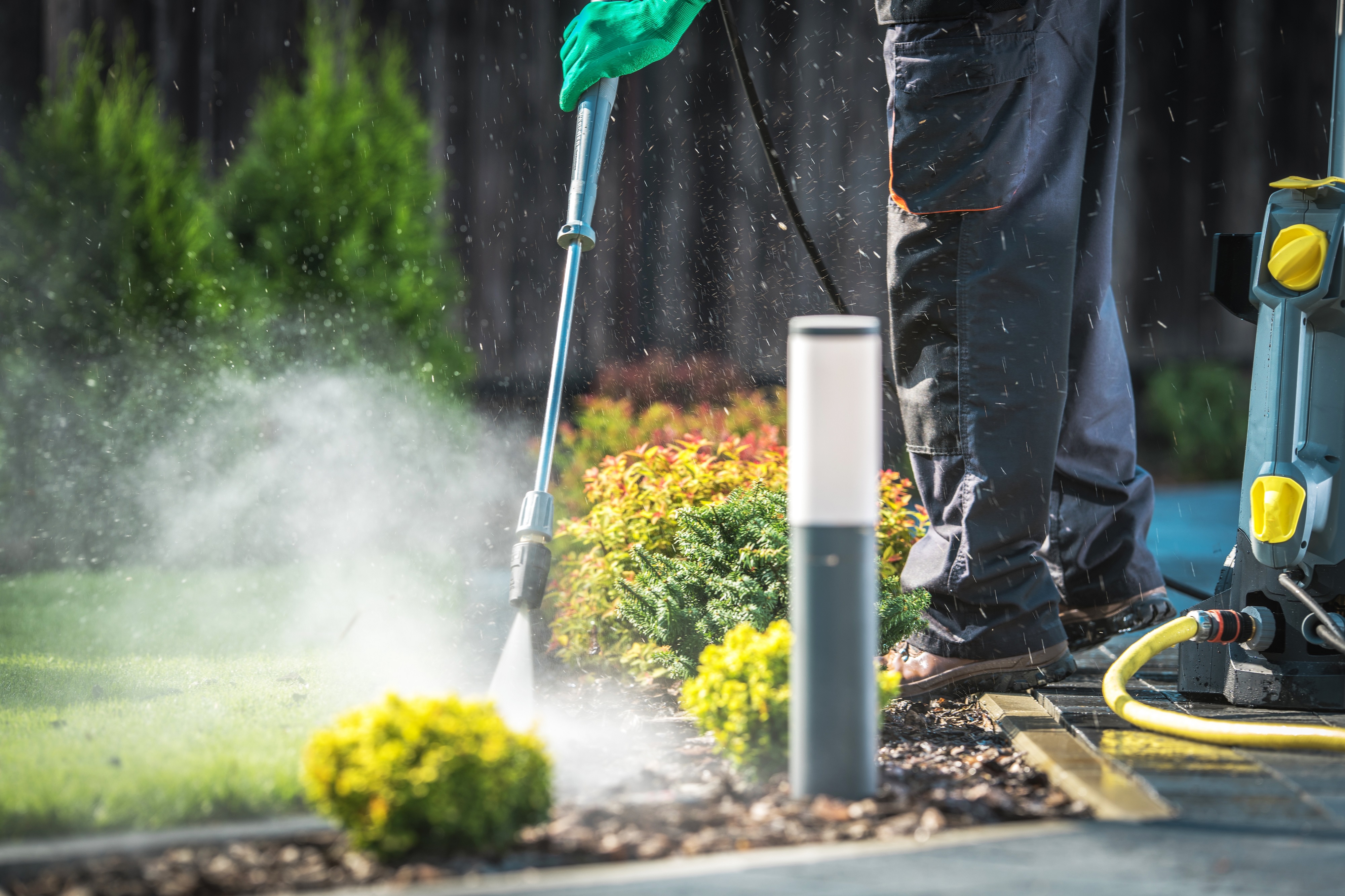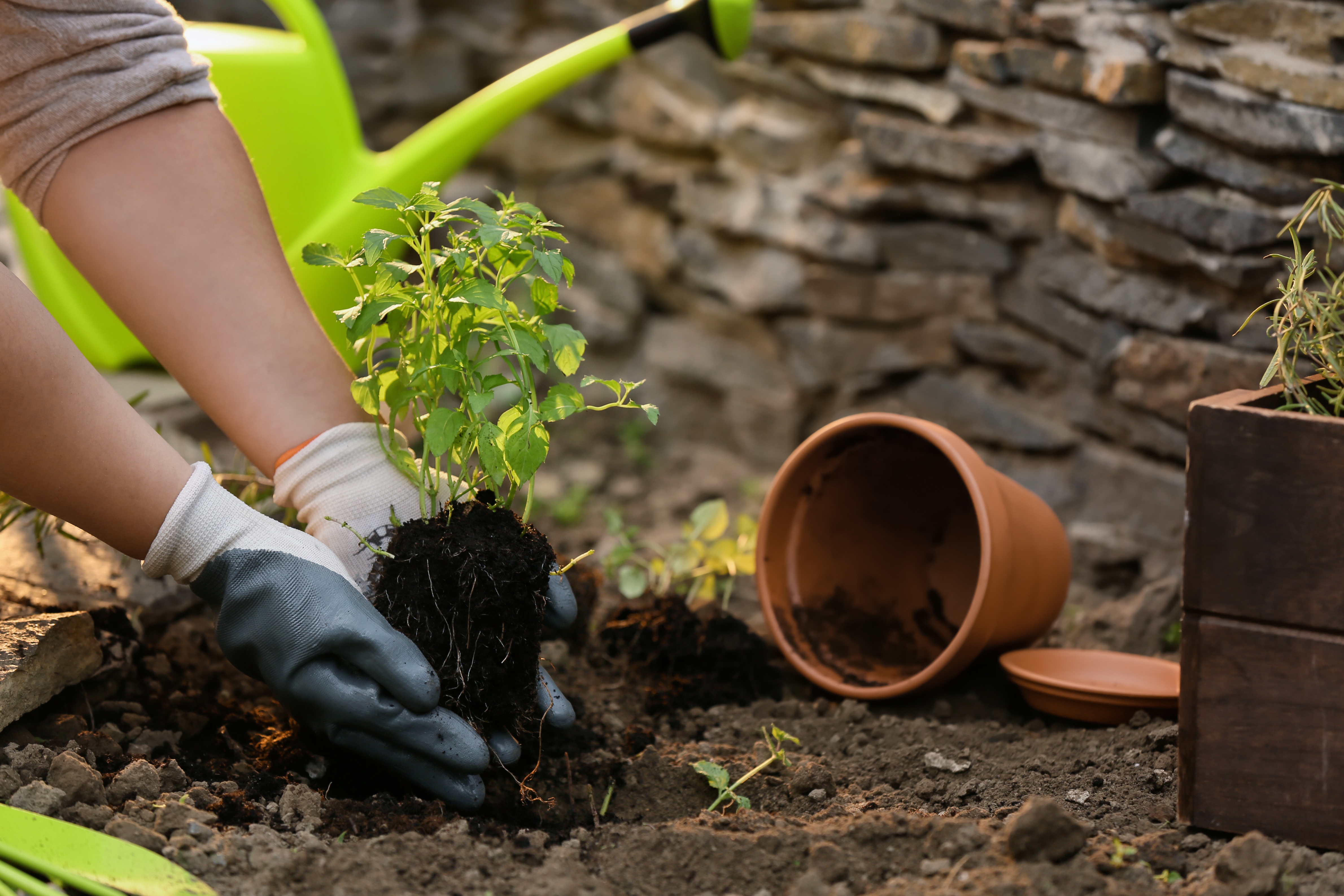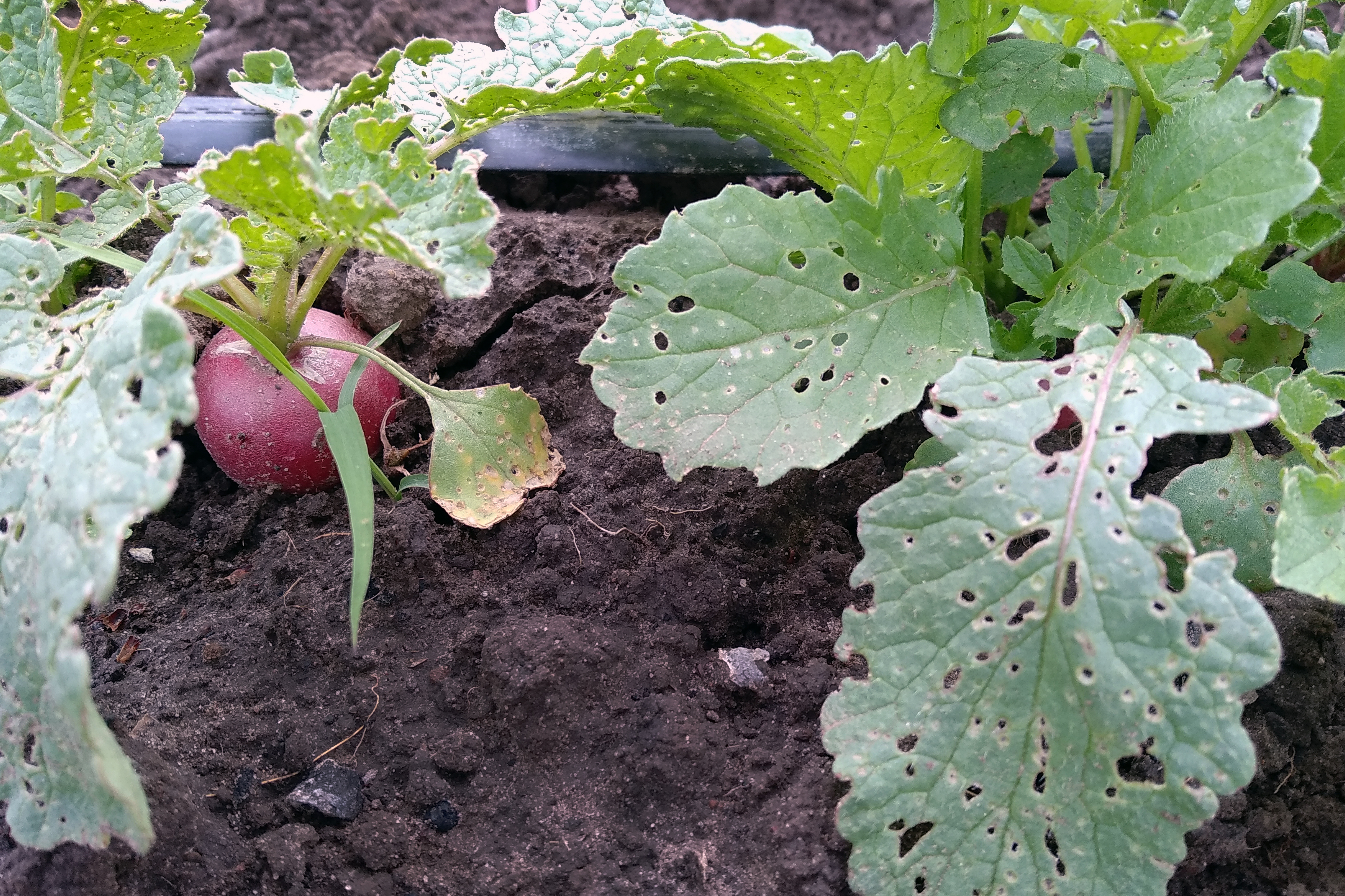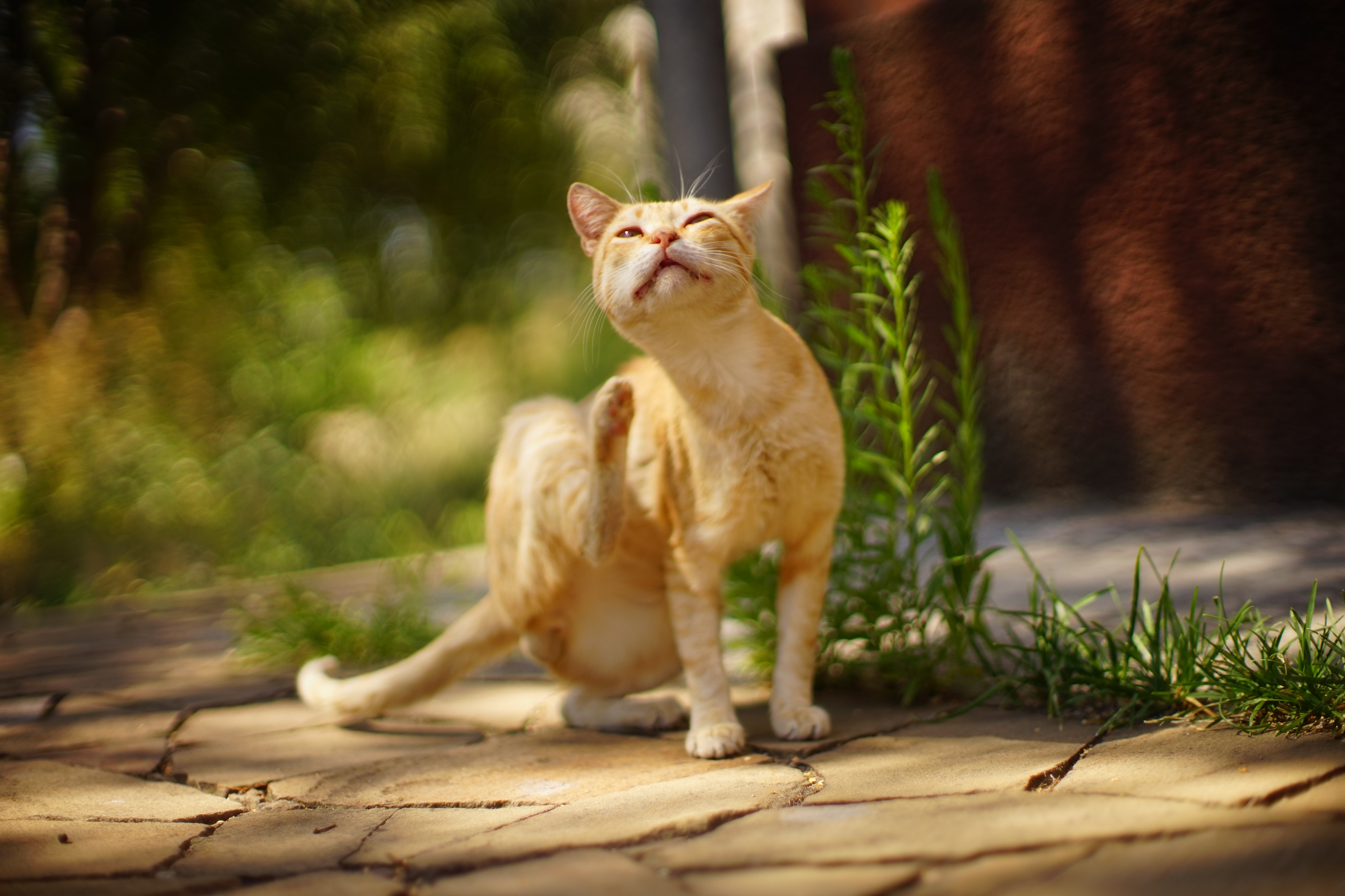Ticked off - How to Get Rid of Ticks and Fleas in your Home and Garden
You garden is more than just your sanctuary and your pets’ playground; it may also be a favourite hangout for fleas, ticks, mosquitos and other annoying insects that quickly find their way into your home. Here are a few ways to effectively rid your garden of these irritating and potentially harmful critters.
The first step is obviously to make sure your pets are all treated for ticks and fleas, especially now that summer is upon us. If you’ve noticed that you or any of your pets are scratching, or if your dogs are showing signs of fleas with constant licking and nibbling, chances are you already have fleas in your home.

Rid your home of ticks and fleas
Start by washing your dogs – the water washes the fleas away, as they can’t grip onto wet fur. While you’re washing them, feel around and make sure there are no ticks feasting on them. At the same time, wash all the pet bedding, and use a spray to ensure you kill any lingerers in your home. Make sure you follow the instructions on the can and do every room in the house.
Once your pets have been bathed, either treat them with spot treatment or with tablets. There are a number of affordable monthly (or longer) programmes that are very effective at killing ticks and fleas and keeping them from spending any significant time on your pets. Depending on the treatment you use, you may have to supplement it with a tick and flea collar or topical or oral flea and tick preventive.
Once you’ve done this, consider it a clean slate inside your home and then get to work tackling the garden, so that you avoid the whole cycle starting all over again.

Mow and trim
Long grass, plenty of weeds and overgrown foliage all provide ticks and fleas with shelter from sunlight and gives them places to climb and “hang around” waiting for you, your kids or your pets to walk past. Shorter grass and foliage also helps to decrease moisture and makes it easier for chemical applications you may use to reach the fleas and ticks.
Clean up the garden
Fleas thrive in shady, humid spots and tend to avoid dry and sunny areas. Rid your garden of these potential hiding spots. Remove any unused bricks, tree trimmings, unused pots, stacks of wood, leaves, empty nests and other garden debris. Clean your patio and lawn furniture at the same time.
Spray
Use a flea and tick spray to spray under trees and bushes, along fence lines and anywhere that looks like it might provide shelter to fleas and ticks, such as sheds, kennels, shaded shrubbery, under patios, in sandpits and so on.
Minimise unwanted rodents
Rats and mice can easily carry fleas or ticks onto your property. Keep a lid on your outside bin and make sure there’s no food for them, by removing uneaten pet food and cleaning up any bird seed. Attract owls and other birds of prey to your garden to help eliminate rodents. Try not to encourage squirrels as they may have their own unwanted hitchhikers.

Plant to repel ticks and fleas
Many fragrant herbs and other plants are quite effective at repelling ticks and fleas naturally.
Rosemary has a scent so strong that you can even sprinkle sprigs around the garden to repel ticks and fleas, as well as aphids, mites and flies.
Mint is also overpowering for fleas, as is fleabane, otherwise known as pennyroyal. Wormwood is not only a strong repellent for ticks, fleas, and moths, it can also be used to make tea. Garlic repels fleas and ticks and like rosemary, can be crushed and sprinkled around the perimeter of your garden, or specifically where your pets most like to play and nap.
Other plants that repel ticks and fleas include catnip, chamomile, fleawort, lemon grass, eucalyptus, sage, lavender and citronella, which has the added bonus of repelling mosquitoes. Marigolds and Chrysanthemums are two flowering plants that also do the trick.
Plant around the entrances to your house, as well as around the foundation. Do be careful with invasive plants like mint though – best to keep them in pots. You can also place repellent plants under windows, as fleas can jump really high and might be deterred if they have to jump onto a smelly plant before jumping into the house. You will also want to plant repellent plants where ticks and fleas are likely to be (moist, shady areas), as well as where your pets like to spend time. But do be mindful not to plant anything that is toxic to pets near where they spend time. This includes rue, citronella, tansy, sweet bay, wormwood, pennyroyal, fleawort and eucalyptus.
By clever planning and planting, you can make birds, bees and butterflies feel welcome, and fleas and ticks most unwelcome.
ALSO TRY:
Applying organic Diatomaceous Earth can offer long-lasting protection. It’s made up of tiny aquatic organisms, that look like broken glass under the microscope. It kills by scoring an insect’s outer layer as it crawls over the fine powder and best of all – it doesn’t contain any toxins harmful to humans or pets.
Beneficial nematodes, which feed on larvae before they become biting adult fleas. Treat shaded areas and around structures fleas and ticks might be.

Why fleas are so hard to manage
There are more than 200 species of fleas in this country, but the one that causes the most problems for pet owners is the ctenocephalides felis, also known as the cat flea. It isn’t fussy and will nibble on cats, dogs, humans, bunnies and other furry pets. Some pets are allergic to the flea saliva and bites drive them crazy with scratching and gnawing themselves raw. Human bites show up as small, red, itchy bumps, especially on the wrists and ankles.
They are particularly pesky because the adult flea can lay as many as 50 eggs a day, each time starting a life cycle that can be completed in less than a month, depending on the temperature and humidity levels. The eggs hatch into larvae, which grow and moult twice, then spin cocoons, where they grow to pupae and then adults.
What to do if you find ticks on your dog
Regardless of the precautions you take, you may still find a tick on your dog (or cat) from time to time in summer. Should this happen, it’s important to know how to remove the tick correctly and safely, so you don’t cause any further damage.
Make sure you are wearing gloves or using a couple of tissues. Part your dog’s fur neatly and expose the tick fully. Use tweezers or your fingers to grip the tick as close to your dog’s skin as possible, and pull it out slowly, without crushing the body and ensuring that head is out and not still latching.
Place the tick into a container with a small amount of rubbing alcohol to kill it, wrap it in tissue and flush or burn it.
Next, you should clean and disinfect the bite site and make sure the head is entirely gone. Pay careful attention to your pet over the next week or two and rush him/her to the vet if you notice a high fever, yellow stools, pale gums, a rapid heartbeat or general lethargy.
BONUS TIPS
• Have just a single pet sleeping area that can be cleaned easily and regularly, and try to limit your pets from accessing parts of the house you don’t want to have to clean, such as spare rooms, storage rooms etc.
• Vacuum areas your pets hang out on a regular basis. Frequent vacuuming will remove up to 95 percent of all eggs, some larvae and adults. Remember to remove the bag and place it in a sealed outdoor bin.
• Sprinkle Boric Acid Powder over floors along baseboards. Treat flooring beneath and around pets bedding and sleeping quarters in garages, porches, crawl spaces and shelters. Don’t put onto carpets and rugs.



